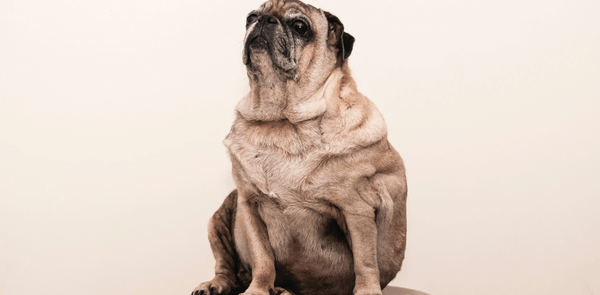
There are many memes and jokes about fat dogs on the internet, but dog obesity is no laughing matter.
Obesity is the most common preventable disease among dogs.
According to a study conducted by Cornell University College of Veterinary Medicine, 25 – 30 percent of dogs are obese. As dogs age, that number increases to 40 – 45 percent in dogs over age 5.
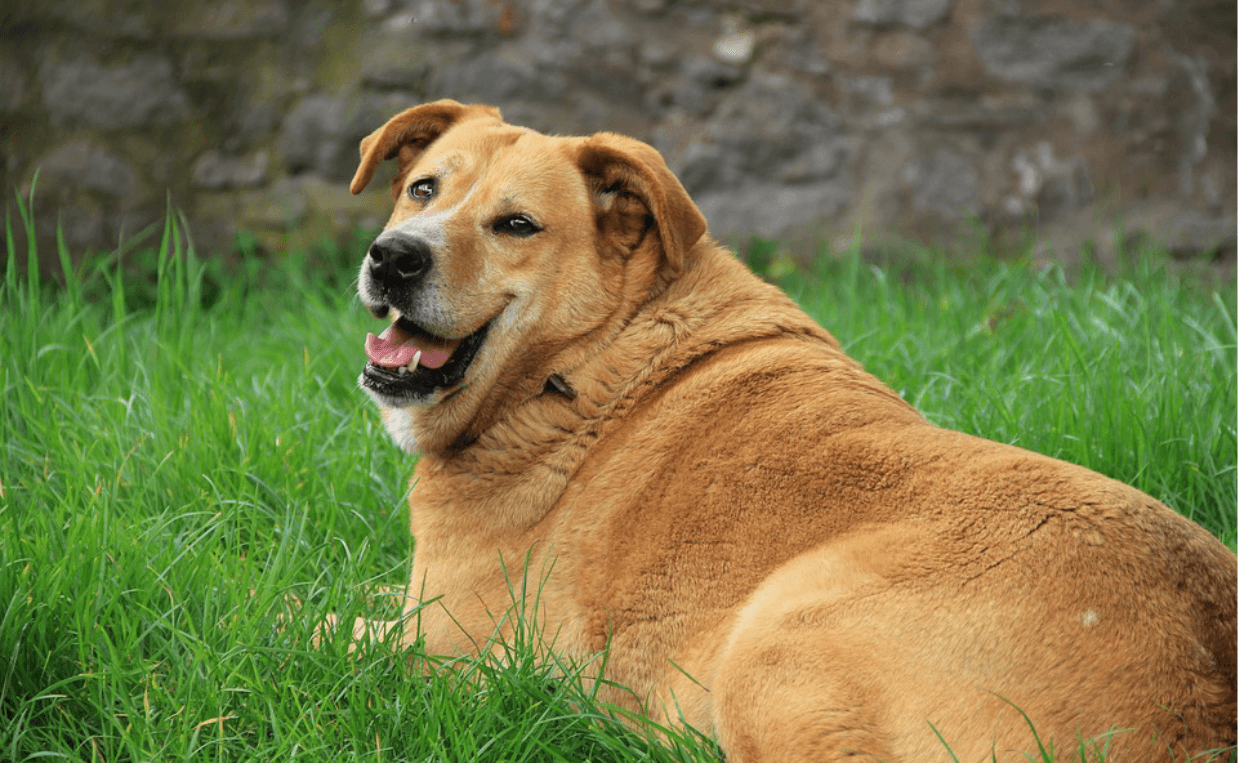
When is a Dog Considered Obese?
Body weight is used to determine if a dog is overweight. In general, if a dog is 10 – 20 percent above their ideal body weight, they are considered overweight. If their body weight is 20 percent above their ideal weight, they are considered to be obese.
Why is It Important to Be Concerned About Obesity in Dogs?
Excess weight in dogs has been found to adversely affect the health and lifespan of the animal. Being even moderately overweight can reduce the life expectancy of a dog by two years. That is a sobering statistic.
Scientists have discovered that fat tissue is biologically active, meaning it secretes inflammatory hormones and creates oxidative stress on the body’s tissue. Think of obesity as a chronic, low—level inflammatory condition.
Specifically, obesity in dogs can lead to:
- Cancers of all types
- Diabetes mellitus
- Heart disease
- Hypertension
- Urinary bladder stones
- Less tolerance toward heat causing anesthetic complications should your dog need surgery.
In addition, obesity could be a symptom of other diseases, such as Cushing disease or hypothyroidism.
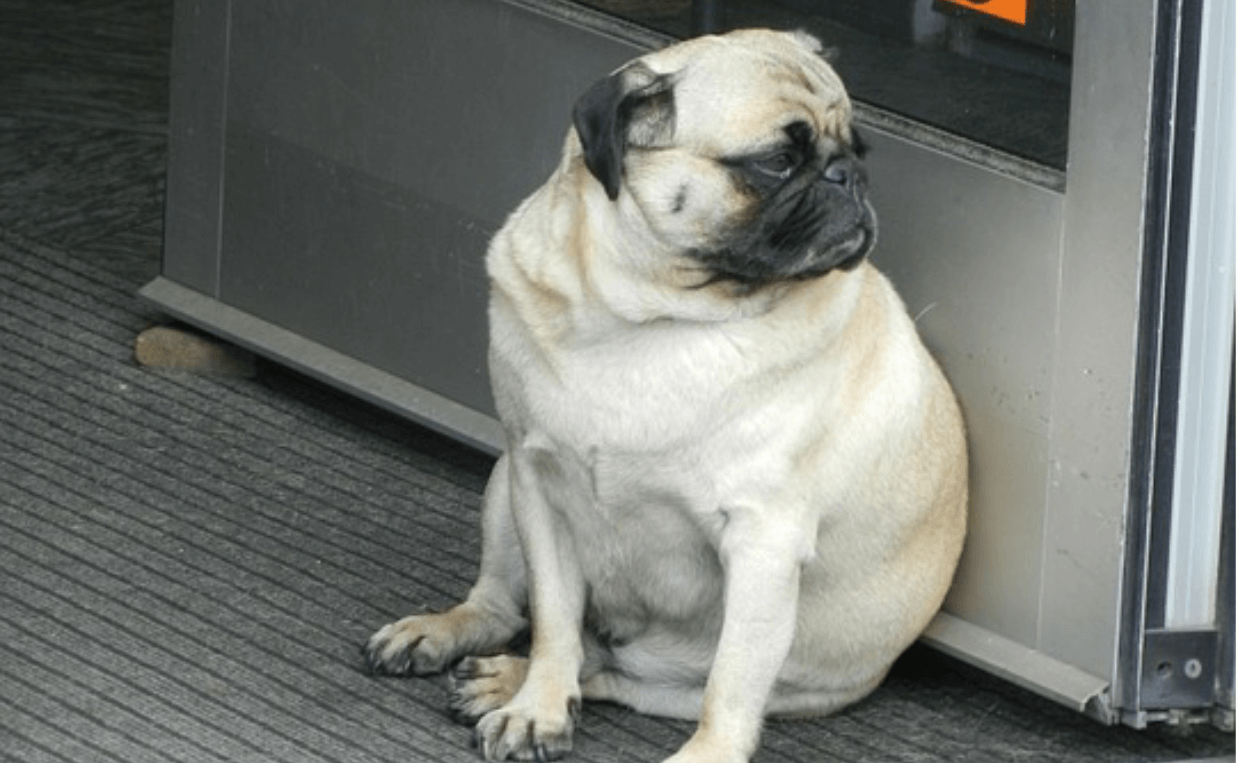
How Do I Know If My Dog Is Obese?
In the U.S. many of us are desensitized to obesity in dogs because we are so used to seeing overweight dogs in the media. But it’s important to recognize the signs that your dog is putting on too much weight in order to recognize there is a problem.
The prominence of a dog’s rib cage is a good place to start. Hold one hand palm down. Now feel your knuckles with your other hand. That is how your dog’s ribs should feel just behind his or her shoulder blades. This is also a good method for determining the progress your dog is making if placed on a weight loss program between weigh-ins at the vet.
If you suspect your dog is overweight, make an appointment to see your veterinarian. Your veterinarian team can help you determine if, in fact, your dog is overweight, diagnose any underlying conditions, set an ideal weight loss goal, and conduct a body condition assessment to ensure your dog is healthy. Most veterinarians use a body condition scale of 1 – 5 where 3 is normal.
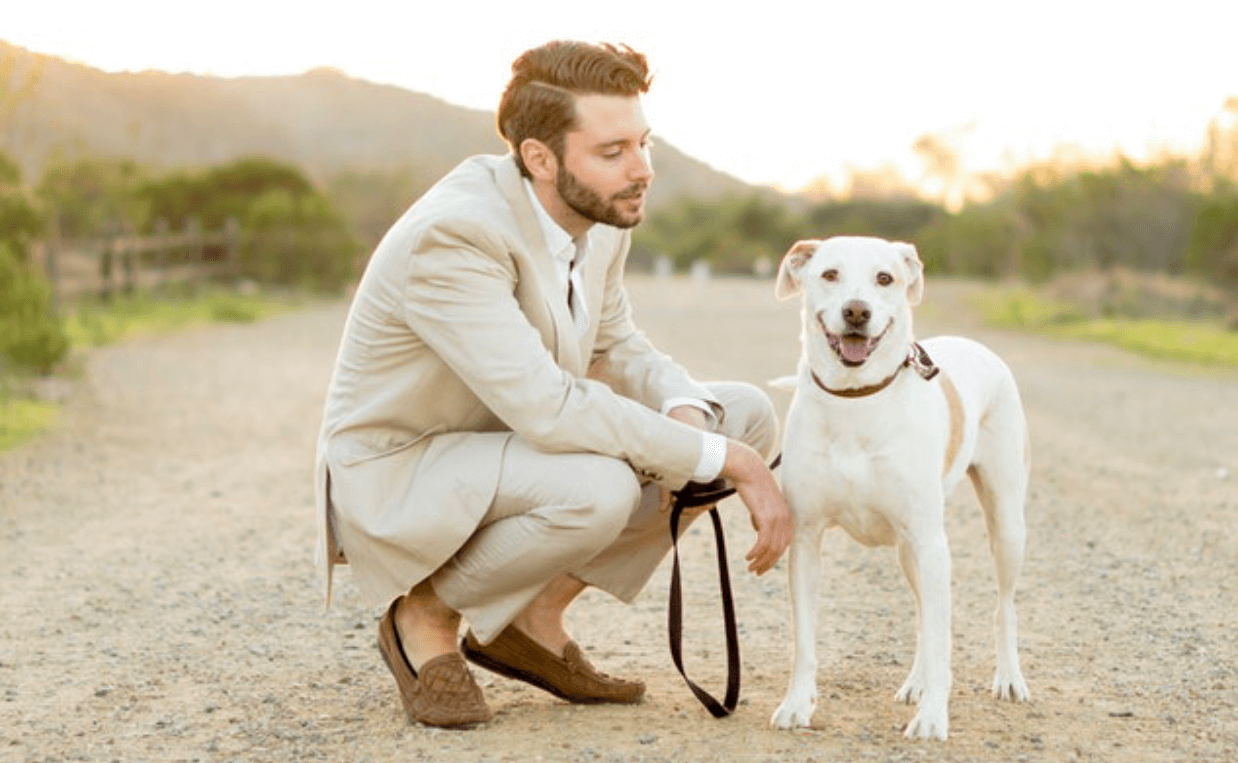
How Can I Prevent My Dog From Becoming or Staying Obese?
Here are 5 tips you can use to help your dog reduce the risk of obesity or to help your dog lose weight if he or she needs to do so.
-
Exercise your dog regularly
All dogs need exercise but some dogs need more than others. Size, age and breed are factors to consider, but 30 minutes per day is a good place to start. Some experts recommend up to an hour of activity every day. Make sure you have a good harness and protective gear for the winter and be sure to bring water on long walks or during the summer to ensure your dog doesn’t become dehydrated. Click here to learn more…
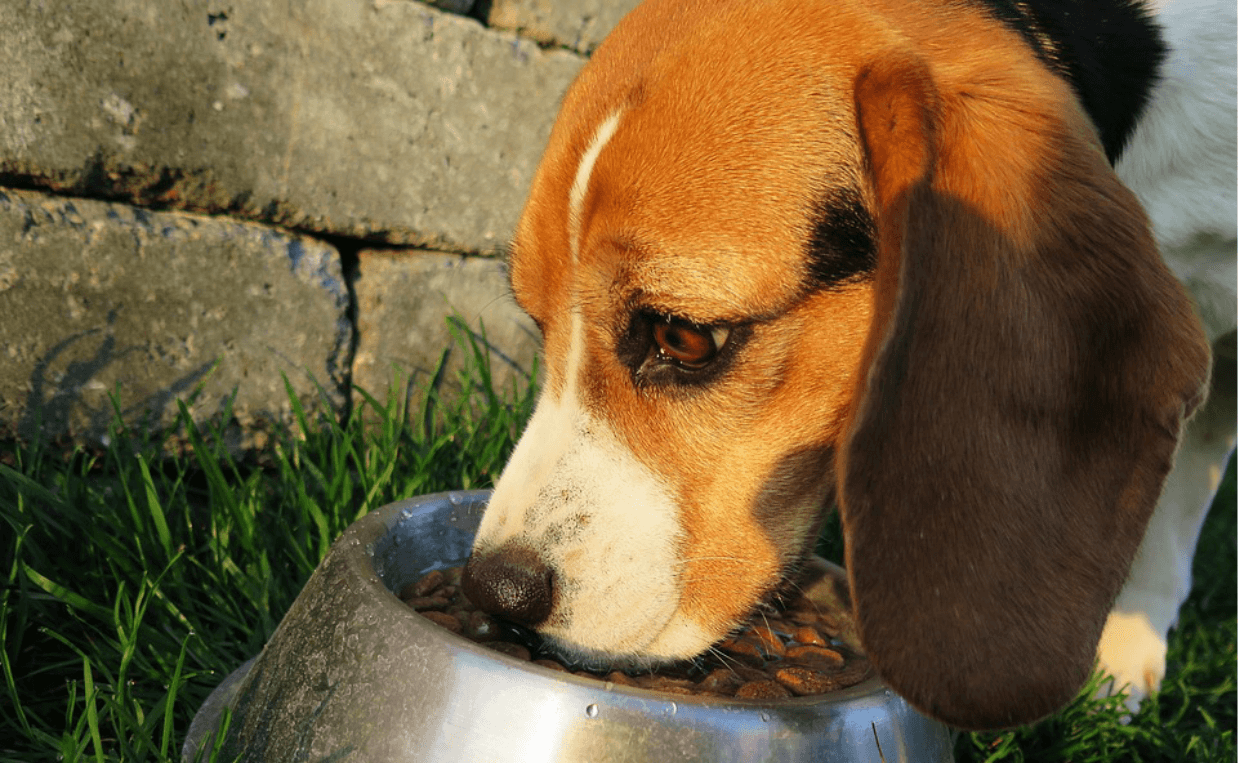
-
Watch your dog’s food habits
Make sure you are feeding your dog enough – but not too much. This should start when your dog is a puppy. Make sure you carefully measure the right amount for each meal. Check with your vet if you are unsure how much your dog needs and what type of food to feed him or her. Stick to structured mealtimes as some dogs will keep eating even if they have had enough.
-
Give your dog healthy treats
Treats add extra calories to your dog’s diet. Some treats provide supplemental nutrition and are healthy for your dog. If you dog is already overweight, be careful to choose a lower calorie treat with more fiber, which is filling and will help your dog eat less.
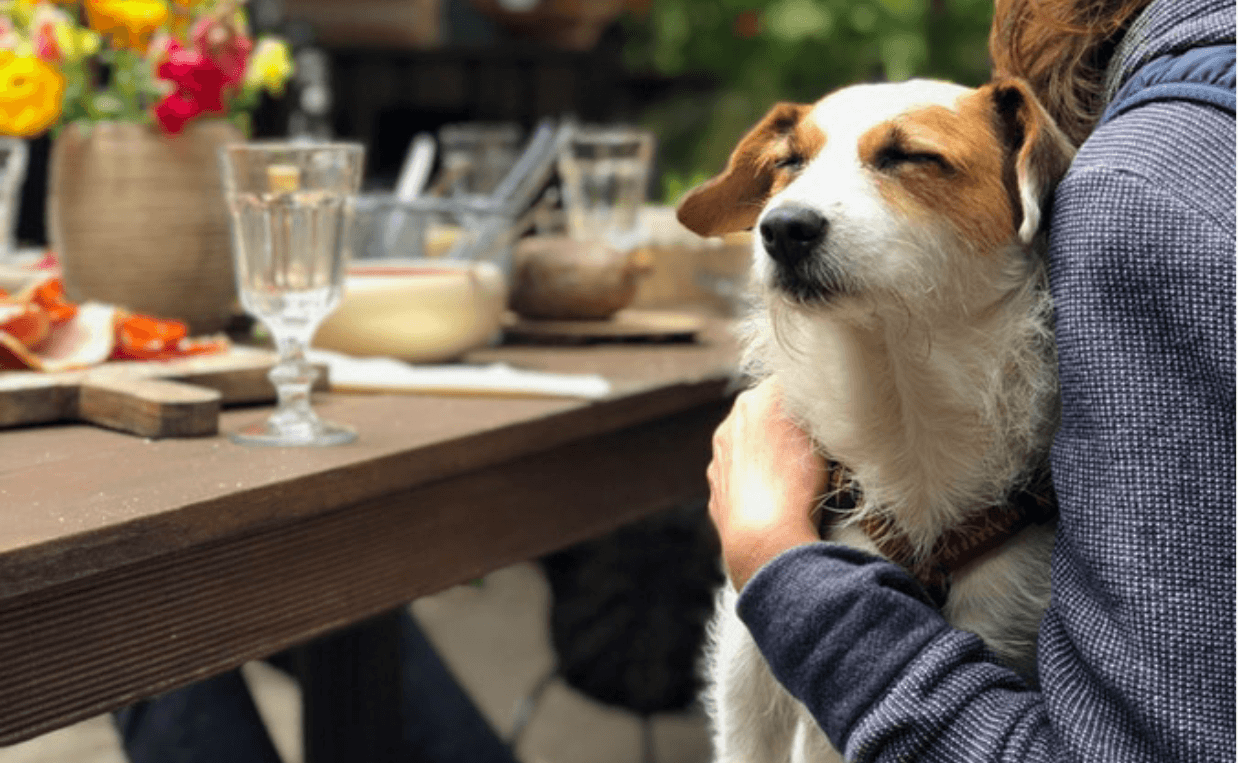
-
Avoid giving your dog table scraps
While it can be difficult to resist those puppy eyes that say “I want some of what you’re eating”, giving your dog even a few tasty treats from the table is not healthy for your dog. Typically, most human food has too much fat in it for your dog’s digestive system, and can cause severe stomach upsets like vomiting, diarrhea and pancreatitis. It’s better to feed your dog treats that are specifically made for the canine population.
If you simply can’t resist giving your dog some people food, keep these rules in mind:
- No junk food. Junk food, like chips, fries, pizza or candy is not good for dogs. Instead, stick to plain rice, oatmeal, pieces of cooked chicken or turkey (no bones), finely chopped cooked vegetables (no onions or garlic) or fresh fruits.
- Moderation is key. Factor the extra calories you are giving your dog into his daily food requirements and adjust his regular meal accordingly.
- Pay attention to toxic foods. Click here for a list of foods and other items that are toxic to dogs to avoid….
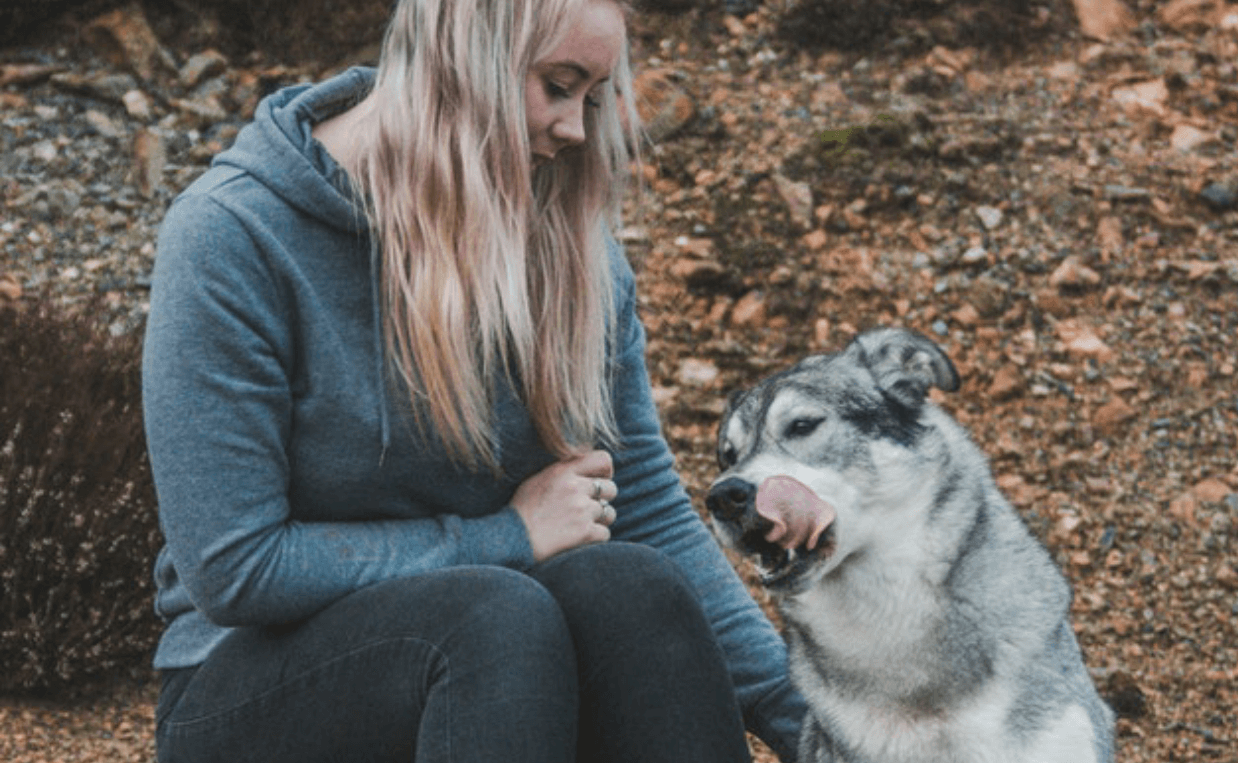
-
Pay attention to your dog’s weight
Make sure you know what a healthy weight is for your dog. Weigh your dog regularly and do the rib check mentioned above. Another tool you can use is the Dog Size-O-Meter. If you think your dog may be gaining weight, set up an appointment with your veterinarian to make sure your dog doesn’t have an underlying disease and to make a plan for helping your dog maintain a healthy weight.
Canine Campus offers your dog a place to run and play with other dogs and human referees. We can help your dog get the activity he or she needs while having fun being a dog! Contact us today if you would like to learn more about our daytime or overnight care options. We’d love to hear from you! Our number is 719-448-9600.
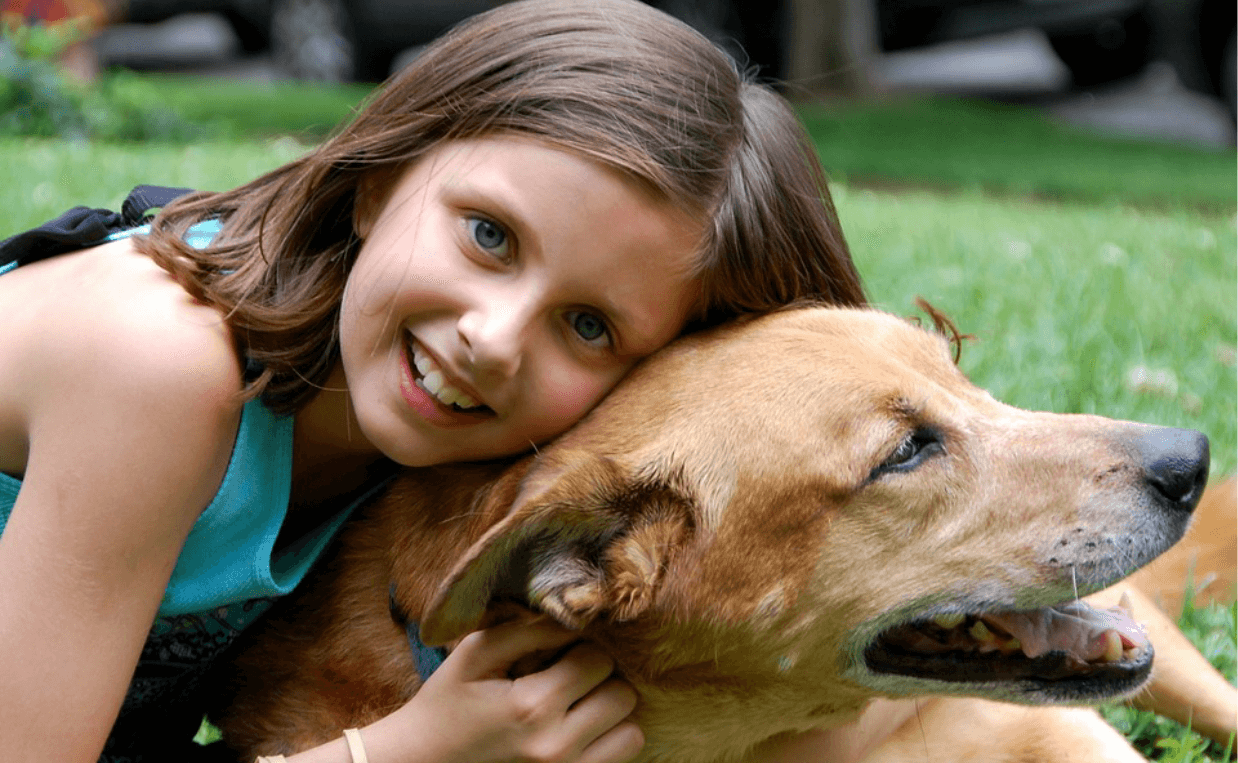
Sources:
Wakshlag, Joseph, and John Loftus. “Canine and Feline Obesity: a Review of Pathophysiology, Epidemiology, and Clinical Management.” Veterinary Medicine: Research and Reports, 2014, p. 49., doi:10.2147/vmrr.s40868.
Association for Pet Obesity Prevention, petobesityprevention.org/.













Leave a Reply